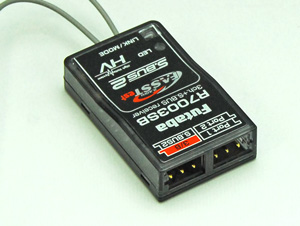

In all, 143 production C.30s were built, making it by far the most numerous pre-war autogyro.Between 19, de la Cierva used one C.30A ( G-ACWF) to perfect his last contribution to autogyro development before his death in late 1936. Each licensee used nationally built engines and used slightly different names. It carried small movable trimming surfaces. The first production direct control autogyro was the, produced in quantity by Avro, and.The production model, called the C.30A by, was built under licence in Britain, France and Germany and was similar to the C.30P.

Most important was the development of direct rotor control through cyclic pitch variation, achieved initially by tilting the rotor hub and subsequently by the Austrian engineer, by the application of a spider mechanism that acted directly on each rotor blade.

The rotor was then disengaged before the takeoff run.As de la Cierva's autogyros achieved success and acceptance, others began to follow and with them came further innovation. The most acceptable solution was finally achieved with the, which was produced in some quantities a direct drive from the engine to the rotor was fitted, through which the rotor could be accelerated up to speed. Another approach was to tilt the tail stabiliser to deflect engine slipstream up through the rotor. Several methods were attempted in addition to the coiled rope system, which could take the rotor speed to 50% of that required, at which point movement along the ground to reach flying speed was necessary, while tilting the rotor to establish autorotation. It was based upon an fuselage, initial rotation of the rotor was achieved by the rapid uncoiling of a rope passed around stops on the undersides of the blades.A major problem with the autogyro was driving the rotor before takeoff. This machine had a four blade rotor with flapping hinges but relied upon conventional airplane controls for pitch, roll and yaw.


 0 kommentar(er)
0 kommentar(er)
